Applied Learning Programme
Applied Learning Programme
Introduction
In our effort to provide a vibrant learner-centered environment that is conducive to student development and achievement, we have introduced the Applied Learning Programme (Project S.H.I.N.E) since 2014 where students work towards solutions to problems that address a genuine need in the real world, to nurture stewards of the environment and society.
Student Outcomes
The programme aims to develop:
-
Motivated learners with life-long values, skills and 21st century competencies who are able to work in teams or independently, to experiment with ideas, explore their talent and contribute to the community. Students will see the relevance and value of what they are learning and develop in them a joy for learning and entrepreneurial spirit.
-
Empathetic, innovative and critical thinkers who can apply their knowledge, skills and values in real-life situations. They will experience the sense of purpose and achievement that comes with productive activity. Students will seek to greater understand the needs of their target audience and to empathise with them through iterations of meaningful conversations.
-
Effective communicators and collaborators who serve with conviction. Over time, students come to regard themselves as people who can make a difference to their own lives and in the quality of the lives of other people. Students will learn to tap on each other’s strengths and assigned varying roles in order to collaboratively work as a team among a group of diverse learners.
Approach & Pedagogy
Project SHINE employs the Design Thinking framework, a user-centred innovation problem-finding and problem-solving process to engage in innovation projects known as Design Challenges. Project SHINE also provides opportunities for students to use Science, Technology, Engineering and Mathematics (STEM) as a platform for problem-finding and problem-solving. Through biweekly classroom sessions with journaling on E-portfolios, learning journeys and tinkering in the ‘Xplore and Design Space, students will be equipped with the skills to identify challenges, gather information, generate potential solutions, refine ideas, test and market solutions.
The Design Thinking framework we adopt follows the following 4 phases:
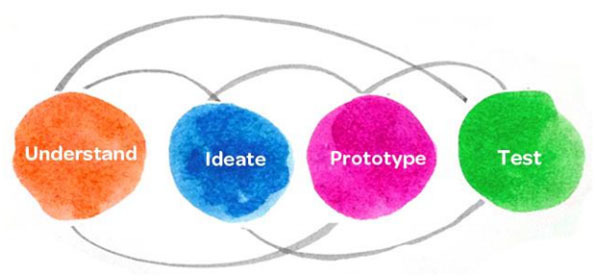
I) Secondary One (Experience & Expose) and Secondary Two (Empower & Enrich)
Secondary 1 students are introduced to the Design Thinking cycle to build empathy and reframe problems into opportunities through various learning experiences such as workshops and learning journeys. In Secondary 2, students are given opportunities to extend the skillset and mindset of Design Thinking which they have learnt in Secondary 1 through other learning experiences. These include those that develop marketing strategies to inculcate the spirit of entrepreneurial dare. Students also participate in the annual National Youth Upcycling Movement to introduce a culture of sustainability through upcycling and green consumerism through upcycling tips and learning about plastic waste.
II) Secondary Three (Excel)
Selected students who have shown a deeper ability to apply their understanding of the Design Thinking framework are selected to further explore their interest by partaking in carefully chosen national competitions including the MOE Innovation Programme and Tan Kah Kee Young Inventors’ Award. These opportunities allow students to explore and develop areas of strengths and interests as well as to better understand the post-secondary pathways, evolving job landscapes and future career choices.
Programme Highlights
Level Camp

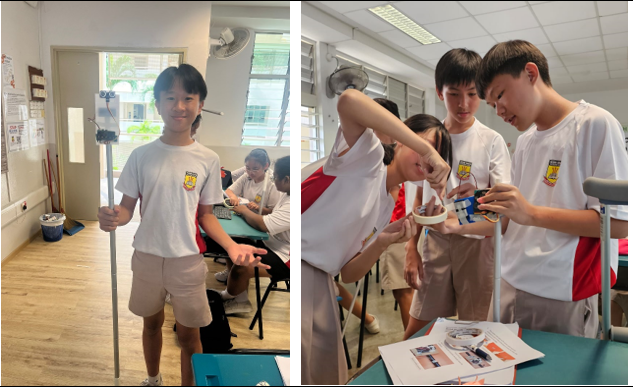
Makerspace Activities

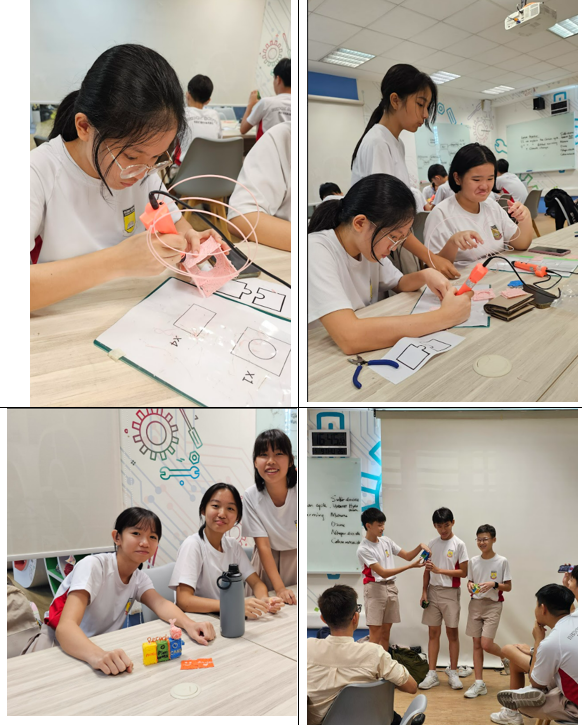
Learning Journeys
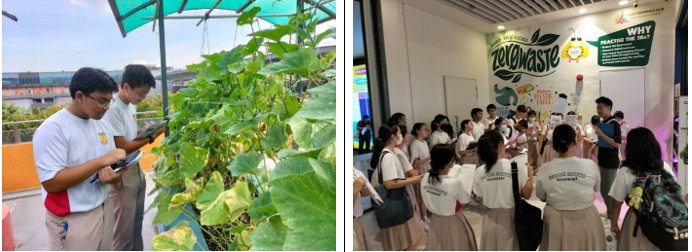
Secondary Three Stretch Programme
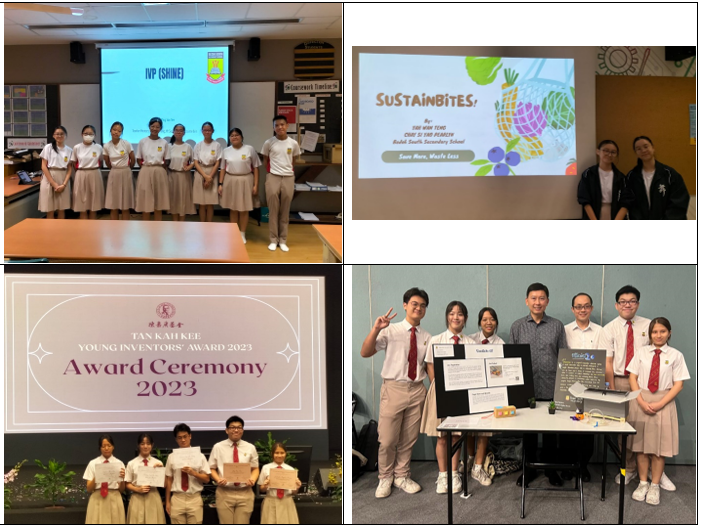
|
Applied Learning Programme Committee |
||
|---|---|---|
|
OIC |
Ms Wong Ming Zhi Denise |
|
|
KPs |
Mr Goh Shong Heng Sean |
|
|
Mr Tan Boon Ping |
||
|
Members |
Ms Ho Lee Ling Caroline |
|
|
Ms Nadia Begam |
||
|
Ms Wong Wah Jong Joan |
||

